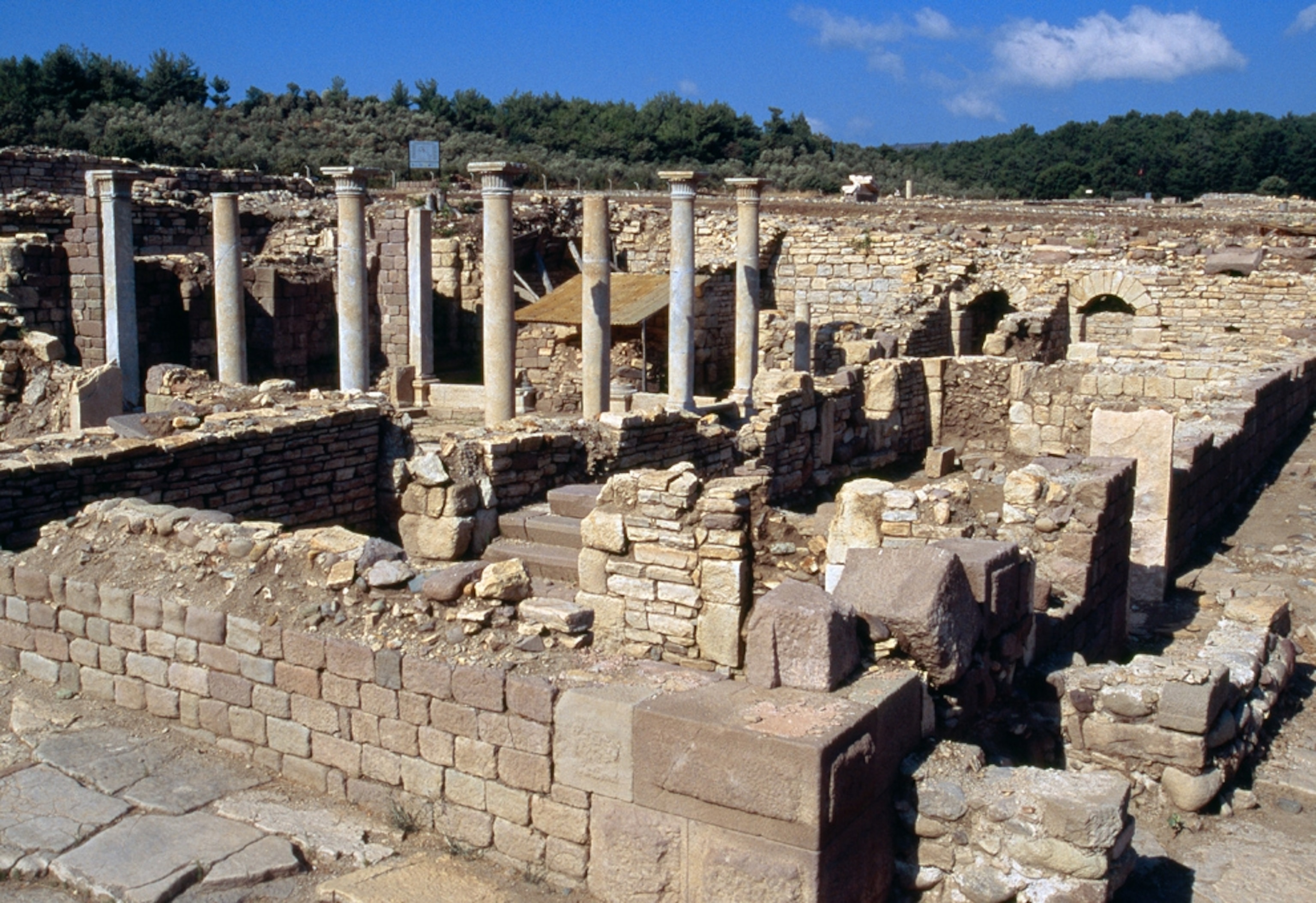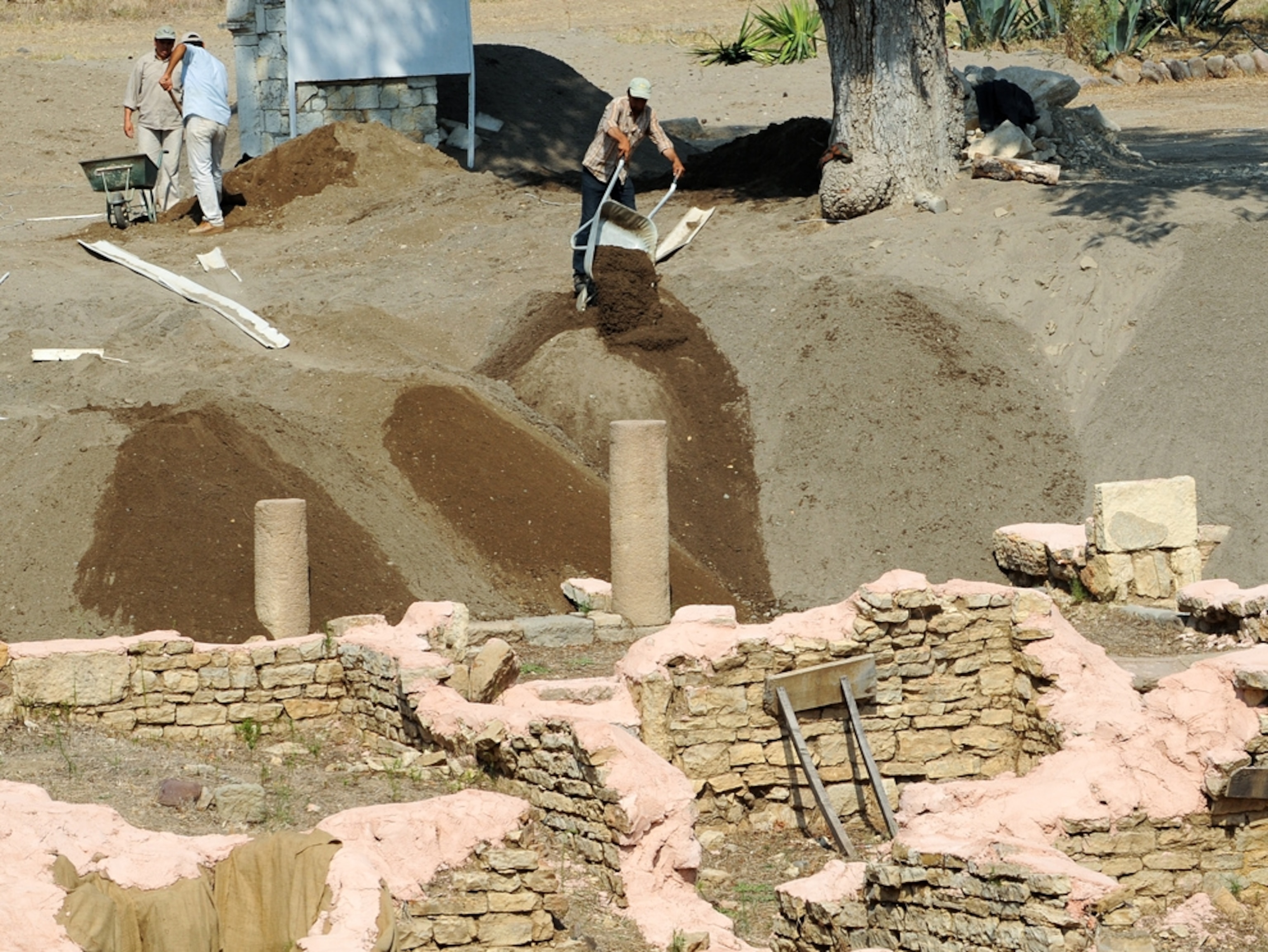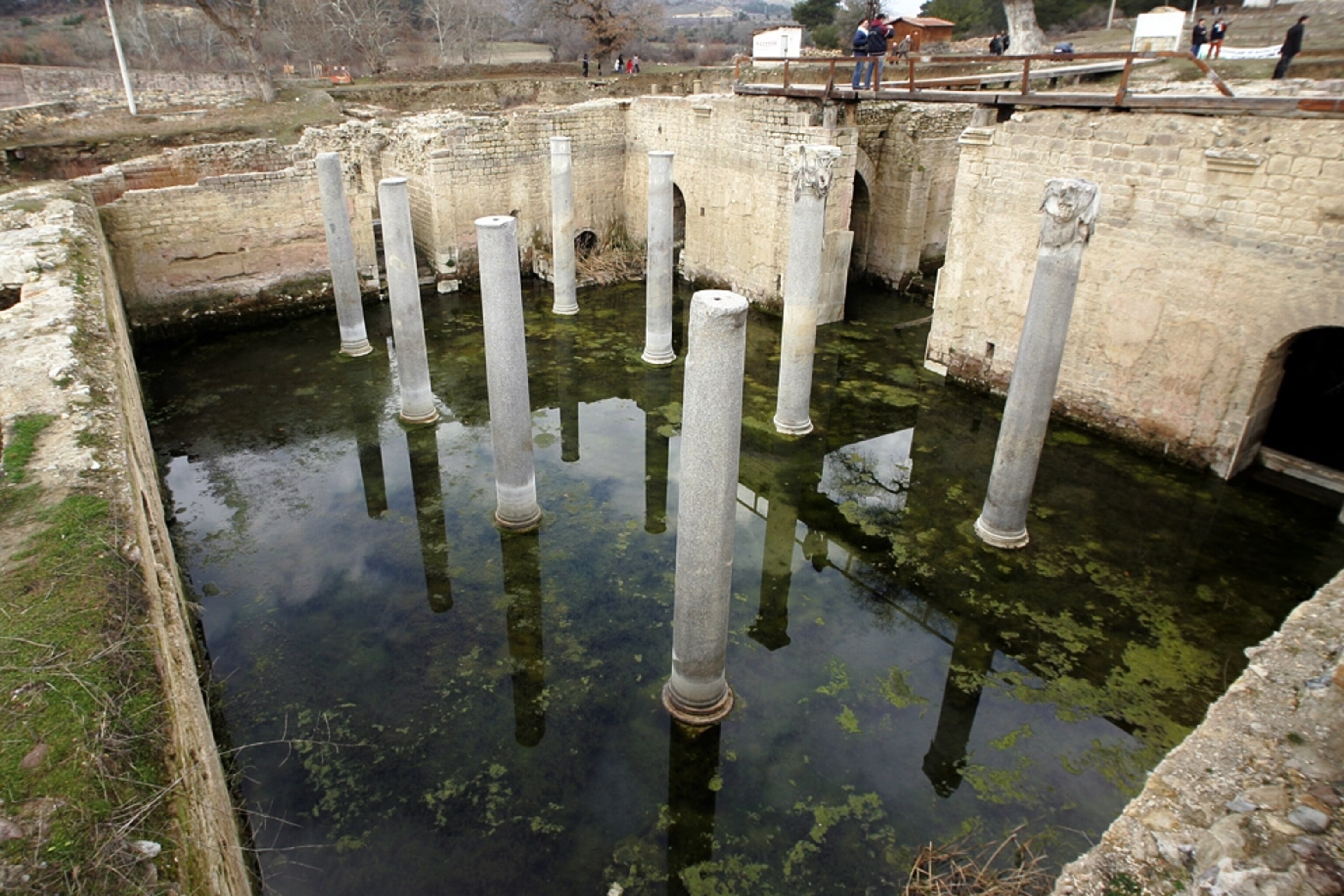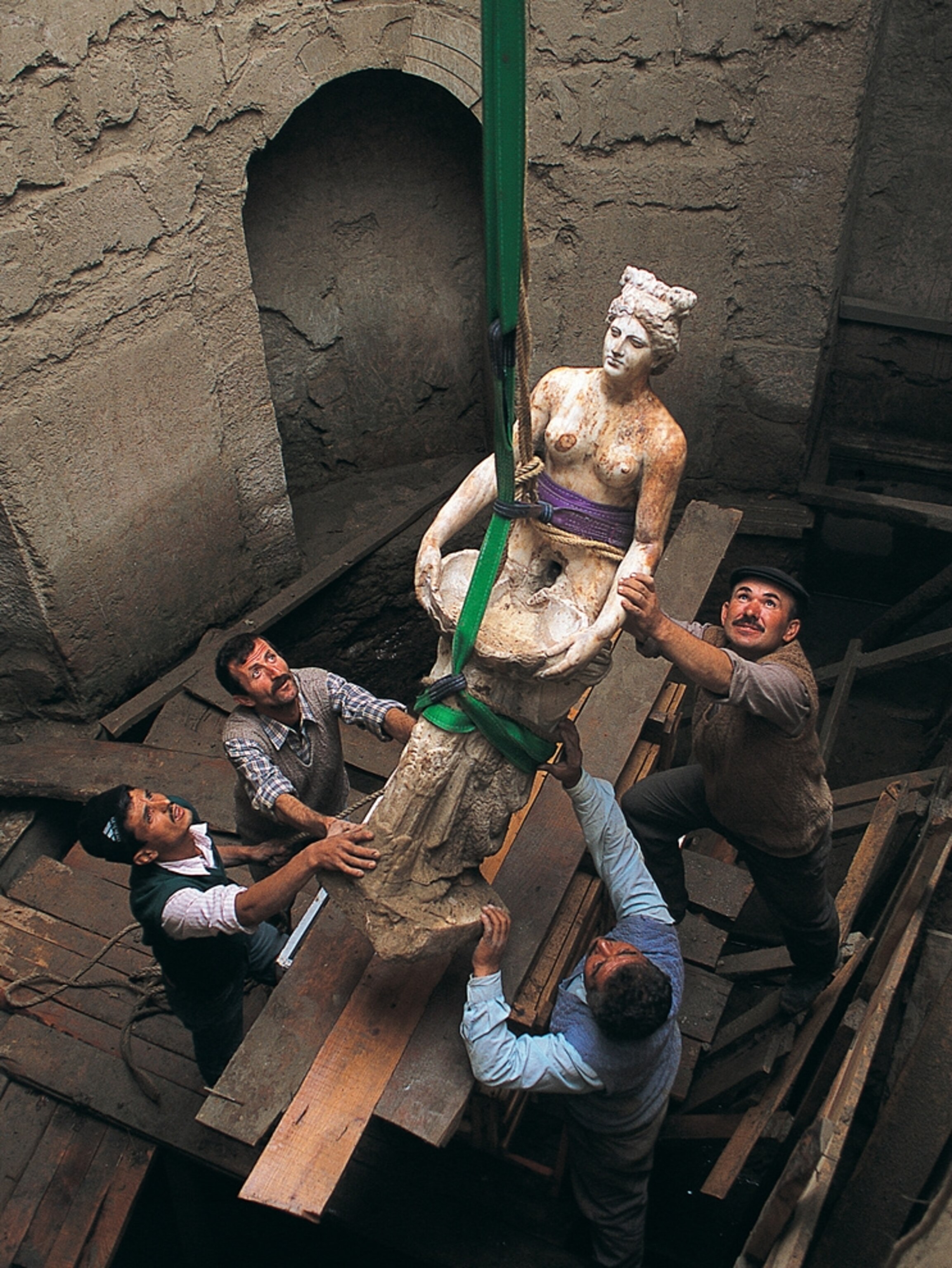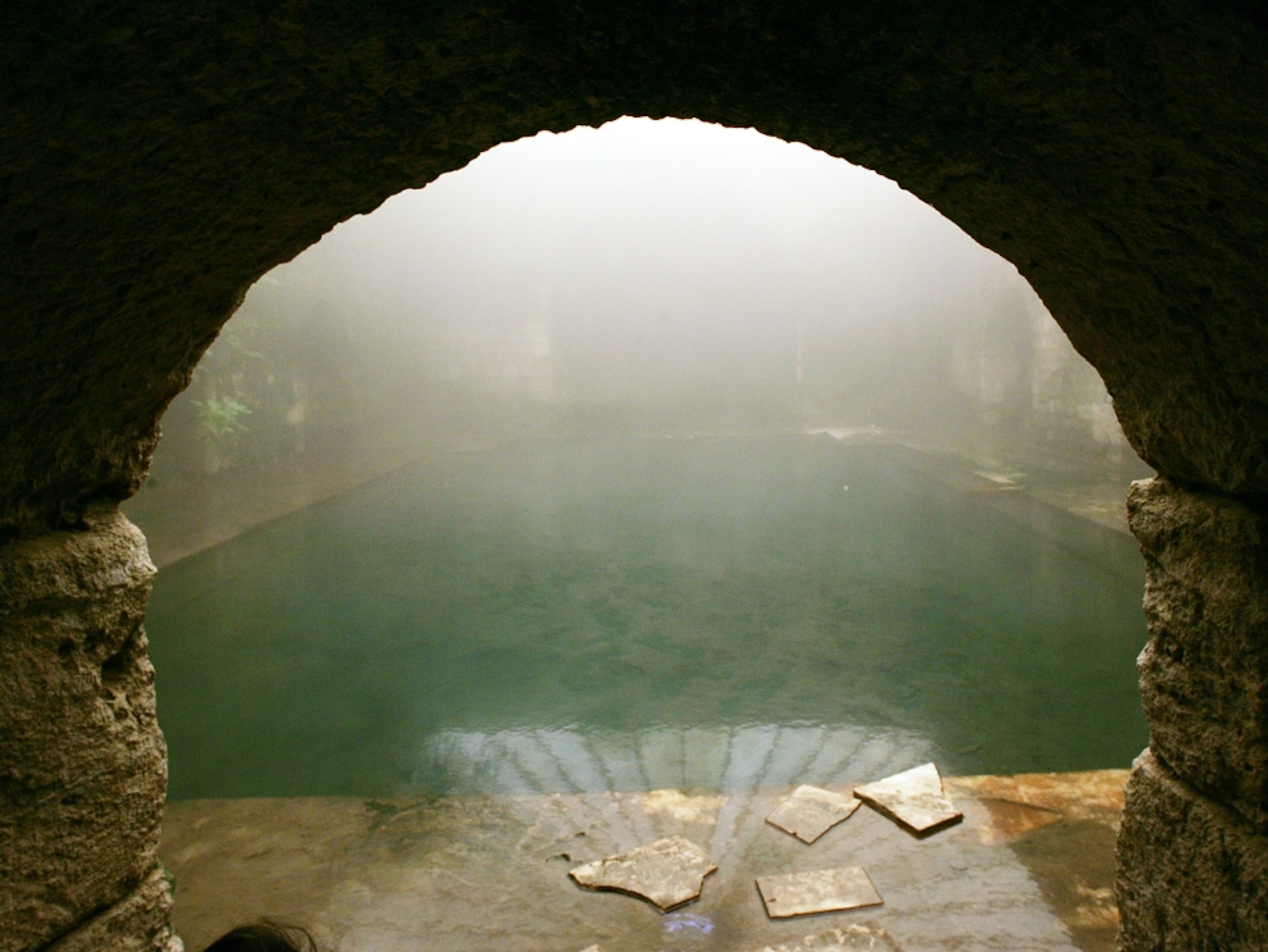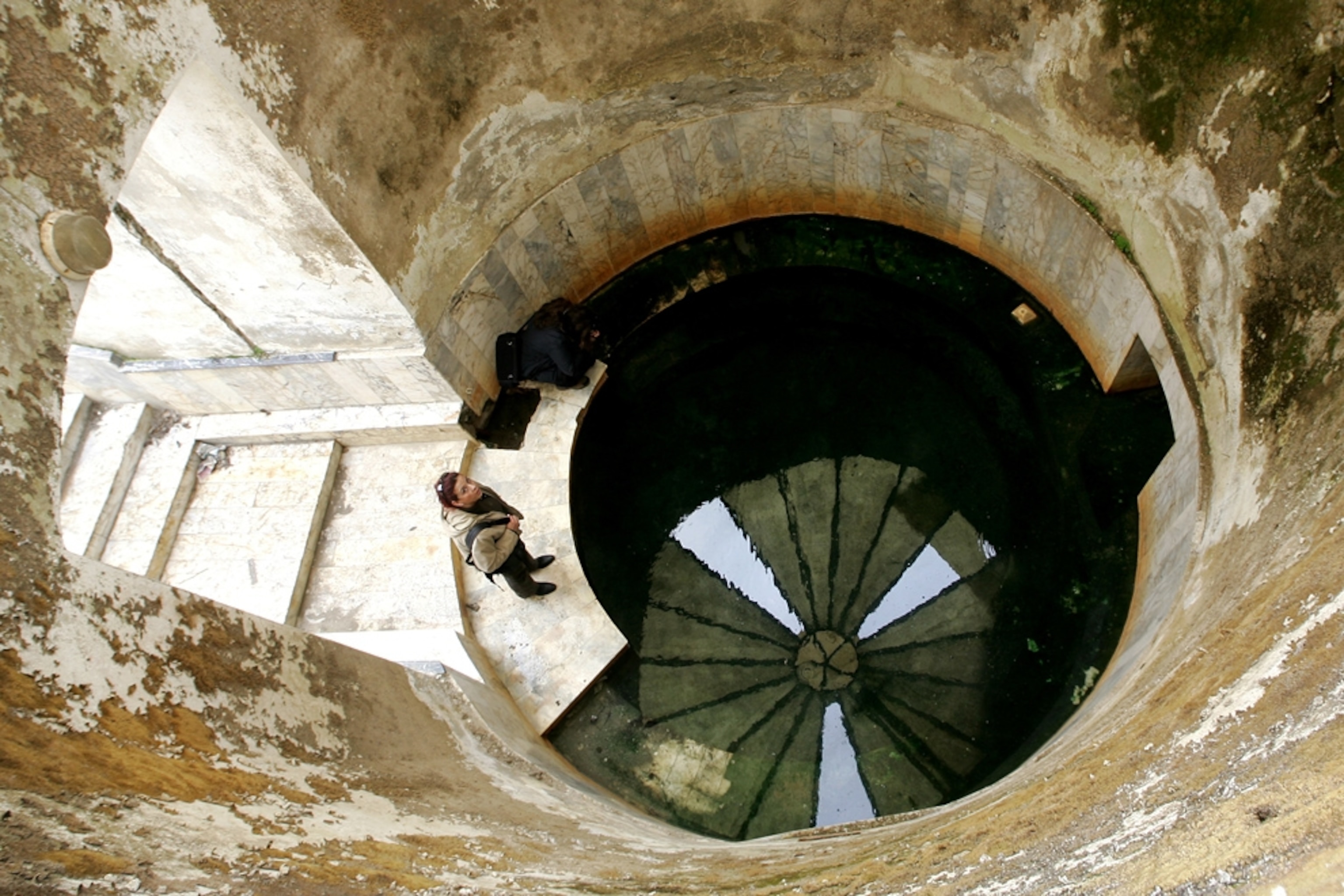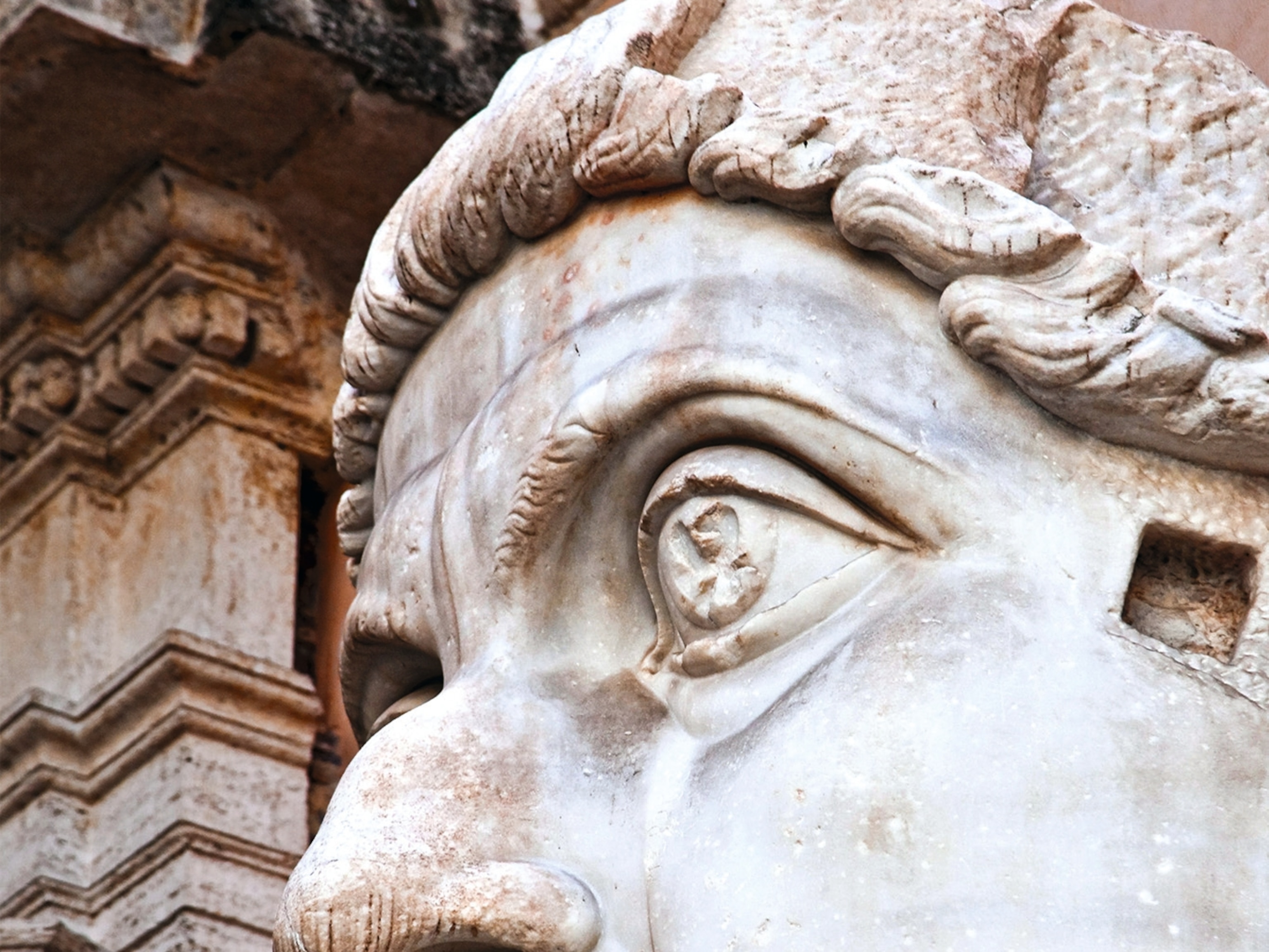Photograph by Manoocher, National Geographic
Pictures: Ancient Roman Spa City Reburied in Turkey
A well-preserved, almost 2,000-year-old Roman spa city has been reburied as part of a Turkish dam project that's triggered a flood of controversy.
December 30, 2010
